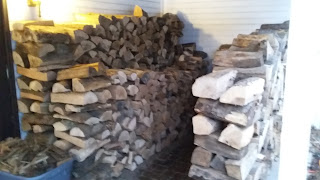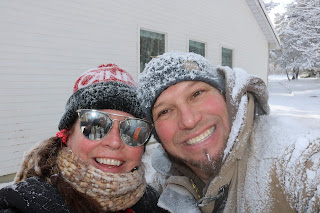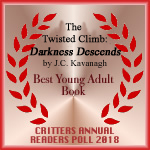Readers are taken back to the 1800s in Remembering Rose, the first book in my Mapleby Memories trilogy. In the third book, due out in May and still untitled, readers are taken to the 13th century. Until today I didn't expect to travel further back but now I have learned a whole lot about life 50,000 years ago.
Why? Well because my 20 year old granddaughter, who is studying Biology at university, asked me to check a paper, shortly due to be submitted, for flow, and also to advise on losing approximately 400 words without significantly altering the research.
As it is a scientific paper I had to read it through several times to fully understand it, especially the scientific terms, but once I done that I became really interested. I learned, for example, that animals and humans have domesticated each other. Initially wolves and humans lived in the same area but without interacting, but by the time humans began to develop into agricultural societies, about 10,000 years ago, they were working together. It is thought that a human preference for smaller, more docile and therefore easier to manage dogs, are what led to the breeds we see today.
One of the interesting changes is that wolves could solve tasks by observing the behaviour of others and they could also follow the human gaze to 'see' a problem, whereas domesticated (wolves) dogs cannot differentiate between the intentional and accidental actions of their handlers. Domestication has taught them to ignore cues not specifically addressed to them. Instead, living in close contact with humans has taught them to rely on help rather than trying to solve problems independently.
Cats, of course, are very different and it is thought that initially they probably took advantage of the the mice and food scraps they found around the first settlements. Later they learned to live with humans, becoming more docile and developing behaviour and reward conditioning, but even today, thousands of years later, they are still largely independent, and able to find their own food and breeding partners.
Domestication of horses occurred much later, around 6,000 years ago and, surprisingly, given how important horses have been for transport, farming etc. over many centuries, their behaviour has changed far less than that of dogs and cats. While they benefit from the food, shelter, physical care and protection humans provide, left to their own devices they would still very quickly reassume a feral lifestyle.
There was much, much more. All of it interesting. However I found the animal/human relationship the most intriguing. Probably because I have been around dogs, cats and horses all my life but never, until now, considered how they have evolved over hundreds of thousands of years. And how we have helped them do just that. And how they, in turn, have helped us domesticate ourselves.


















































